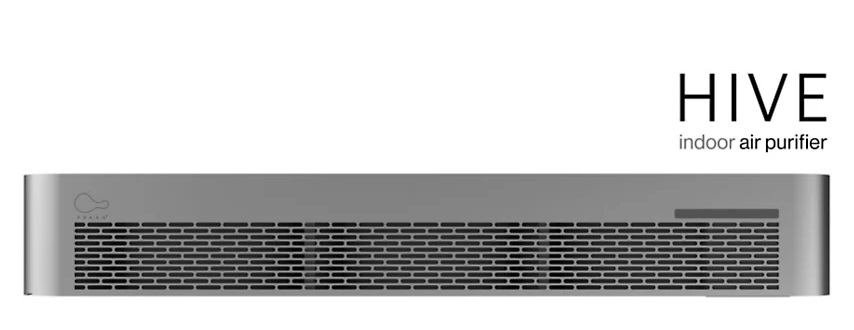Air purification systems developed up to 36X faster using CFD simulation tools
USA-based filterless air purification specialist, Praan, is using Ansys simulation systems within its development processes. The company’s advanced technology includes filterless purifiers for indoor air in large spaces with near-zero maintenance costs, and an advanced tablet-based activated carbon filter.
To help mitigate the problem of air pollution, Praan designed the MK One and MK Two for purifiers for large spaces. These advanced air purification technologies were designed with Ansys Fluent computational fluid dynamics (CFD) simulation software, modelling the capture of polluted air, separation of microscopic particulate matter (particle pollution) into a collection chamber and the release of cleaner air back into the atmosphere.
“With Ansys simulation, our team significantly reduced the development time of functional prototypes from four and a half years to 45 days,” said Angad Daryani, founder and chief executive officer at Praan. “Without simulation, it would have cost tens of millions of dollars and lots of time. It’s just not feasible when building large devices to build multiple physical prototypes, which is why it’s essential for us to incorporate Ansys simulation and virtual prototyping into our development and design processes.”
Beyond its strides with filterless technology in industrial markets, Praan also used Ansys simulation to develop the HIVE air purifier for smaller spaces. The HIVE uses an advanced tablet-based activated carbon filter and a recyclable high-efficiency particulate air (HEPA) filter, ensuring complete reuse without the disposal of unsustainable materials. HEPA filtration was instrumental during the COVID-19 pandemic and continues to be a vital tool in mitigating airborne bacteria. For the HIVE, Praan used Ansys simulation software to understand fan requirements and develop specifications in two weeks, rather than the estimated four months it would have taken without simulation.
- UK manufacturing steps up to COVID-19 crisis - April 2, 2020
- Clustering Innovation - March 12, 2020
- A Global Monitor - March 6, 2020

